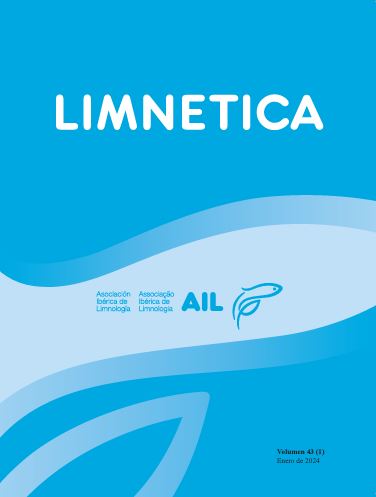Why and when do freshwater fish migrate? Observations of migration patterns of the native fishes from the Iberian Peninsula (SW Europe)
Resumen
We reviewed information on Iberian freshwater fish to characterize their migratory status and identify migration reasons and periods. Most species migrate (87.3 %; 62 species from 15 families). A large number are potamodromous species (45 species from 6 families) but diadromous species (17 species from 11 families) also exist, including anadromous (9 species) and catadromous (8 species). The spawning period is a primary driver of fish migration but feeding and refuge-associated migrations also take place. Sexual maturity is the most important cue triggering fish migration, and other important factors include water temperature, river flow, currents, salinity and photoperiod. Spawning and migrating periods are in general prolonged and vary among years, as a response to the environmental variability of Mediterranean river systems, which are the most frequent in the Iberian Peninsula. Migratory movements of the various native species of each site cover almost the whole or the whole year. Therefore, to allow fish migration, Iberian freshwaters should always be connected, or their fish passes should be permanently, or practically always, in operation.
Descargas
Publicado
Número
Sección
Licencia
Los autores que publican en esta revista están de acuerdo con los siguientes términos:
- Limnetica está bajo una licencia de Creative Commons Atribución-NoComercial 4.0 Internacional.
b. Los autores pueden establecer por separado acuerdos adicionales para la distribución no exclusiva de la versión de la obra publicada en la revista (por ejemplo, situarlo en un repositorio institucional o publicarlo en un libro), con un reconocimiento de su publicación inicial en esta revista.
c. Se permite y se anima a los autores a difundir sus trabajos electrónicamente (por ejemplo, en repositorios institucionales o en su propio sitio web) antes y durante el proceso de envío, ya que puede dar lugar a intercambios productivos, así como a una citación más temprana y mayor de los trabajos publicados (Véase The Effect of Open Access) (en inglés).


